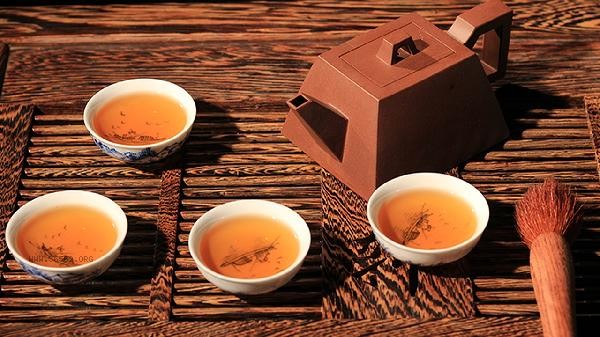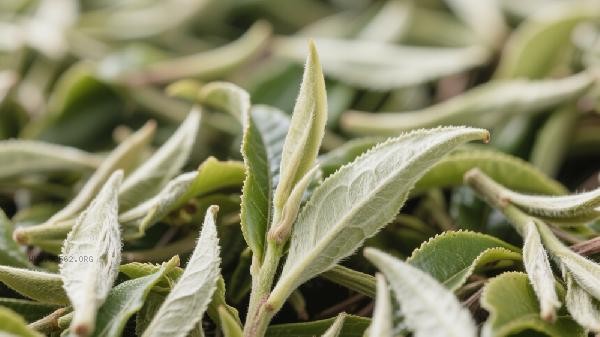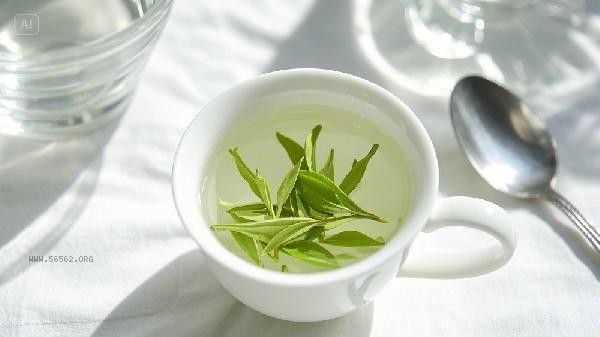Tea scraper is mainly used to separate compressed tea blocks, control the amount of tea added, and clean tea utensils. It is a practical tool for improving brewing efficiency in tea ceremony. It mainly has functions such as separating tea blocks, precise tea picking, cleaning tea residue, organizing tea shape, and assisting storage.

1. Separate tea chunks
Tightly press tea such as Pu erh tea cake, white tea cake, etc., which have a hard texture and are difficult to break by hand. The sharp end of the tea scraper can be inserted along the texture of the tea cake, and the tea pieces can be easily separated through the lever principle, avoiding excessive tea debris caused by violent disassembly. When using, stainless steel or bamboo tea scrapers should be selected, and attention should be paid to avoiding scratching the surface of the tea cake when using metal materials.
2. Precise tea picking
The flat end of the tea scraper can be filled with an equivalent amount of tea spoon, and the amount of tea added can be controlled by measuring the depth of the groove. Oolong tea and other teas that require precise grams can be scraped with tea leaves to the standard amount, with an error smaller than manual grasping. Some tea scrapers are designed with scale markings, which are more suitable for beginners to master the tea water ratio.
3. Clean tea residue
After brewing, filter the tea pot to remove fine tea residue. The tip of the tea scraper can penetrate deep into the filter hole to remove blockages. The tea stains on the inside of the spout of the purple clay teapot can be gently scraped off with a curved tea scraper to avoid damaging the teapot body. When cleaning, it is recommended to use a tea towel to wipe and maintain the breathability of the tea set.

4. Sort the shape of the tea
After prying, the edges of the loose tea leaves are uneven, and a tea scraper can adjust the loose tea leaves to make them neat. Before brewing Kung Fu tea, a tea scraper is commonly used to scoop the tea leaves into the tea and shape them to facilitate even water absorption. When organizing, the movements should be gentle to avoid damaging the integrity of the tea leaves.
5. Auxiliary Storage
The tea scraper can replace the tea needle to open the sealing layer of the tea can, avoiding nail contamination of the tea leaves. Some tea scrapers are designed with hanging holes at the tail, which can be hung next to the tea mat for easy access at any time. When storing, it is necessary to keep it dry, and bamboo and wood materials should be regularly coated with tea oil to prevent cracking.

For daily use of tea scrapers, tools should be selected according to the material of the tea set. Metal tea scrapers are not suitable for easily scratched vessels such as purple clay and ceramics. After each use, it should be wiped dry in a timely manner, and the bamboo and wood tea scraper should be stored in a cool and ventilated place. Paired with tea leaves, teaspoons, and other tools, a complete tea ceremony flow can be formed. It is recommended that beginners start practicing with a blunt headed tea scraper to avoid improper operation that may damage the tea leaves or tea utensils. Regularly washing tea leaves with boiling water can effectively remove odors, and a small amount of tea oil can be applied for maintenance when not in use for a long time.








Comments (0)
Leave a Comment
No comments yet
Be the first to share your thoughts!